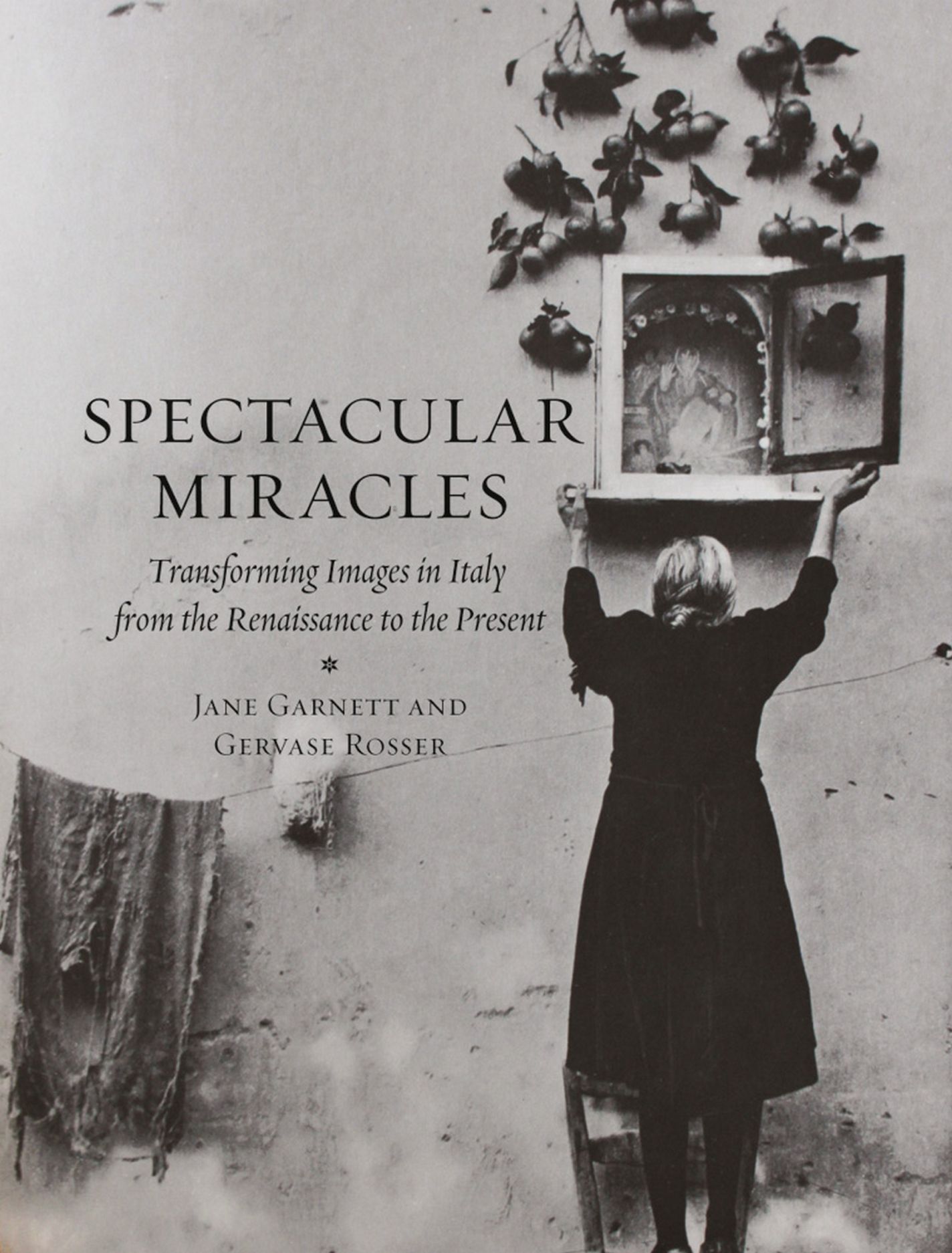TERM STARTS
Term is getting started, and it's a great treat to meet the incoming students and to see our second and third years again. I must confess to being quite nervous about fitting everything in this term - it will be a challenge, but an exciting one I think.
Managing childcare during term-time is a particular challenge, as the flexibility of my research-time whilst the students are away is now a thing of the past. And I'm struck by the number of comments from the rich and famous about how they face exactly the same problems. I'm sorry - but they don't. Having vast financial means makes things different. Having the possibility of providing everything for your child makes things different. And whilst I'm in a completely different world from these celebrity mothers, I should not pretend to be remotely facing the same problems and challenges which confront those in deprived parts of society. It's nice to try to empathise, but I think it's not just misleading but regressive.
Victoria Beckham apparently recently commented: 'I'm basically just like any woman who's working and has lots of children - it's tough'. Of course she isn't. And she can't possibly know whatit's like to work because you have to financially, to struggle to afford childcare as well as working, to rush from pillar to post so that you're in the right place at the right time. By suggesting that she does understand, she minimises the problems faced by many other mothers, and draws a veil over the need for change. I can't possibly understand the challenges faced by mothers in many of the poorer parts of Oxford, and it would be insulting to claim that I can. We need to acknowledge the vast inequalities before we can do anything about them.
I was also irritated by an article in the Guardian a while ago, claiming that Kate Middleton would face the same indignities during childbirth as everyone else. This is idiotic. Having the best medical attention that money can buy, a private suite, and the support of a loving family is not the same as giving birth without medical help on an earth floor somewhere. I have personal reasons for feeling particularly strongly about this, given some pretty appalling medical care I received when having my own son - glossing over this and suggesting that we're all in it together is profoundly unhelpful. It's a way of pretending that social and economic divisions don't meaningfully matter, and an insidious way of claiming that we don't need to do anything about them.
In the Middle Ages, there was certainly very little suggestion that the rich could empathise with the concerns of the poor, and nor were there attempts to claim that royals were 'just like us really'. Social inequalities in the Middle Ages were truly appalling, but refusing to gloss over the gaps was a first historical step to acknowledging them, and, centuries later,to attempting to do something about them. It will be very sad if we now fall for the pretence that they don't exist after all.

